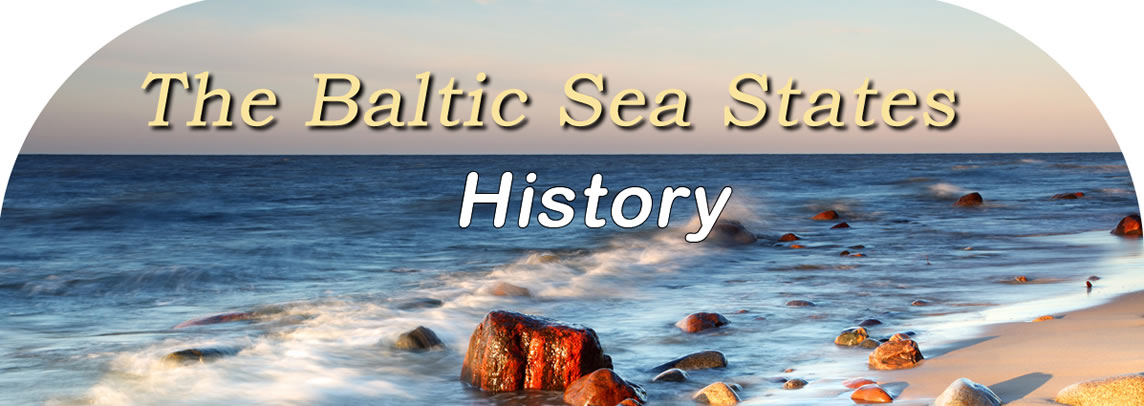
The History of the Baltic Sea
States since 1945
Made up of eight Eastern
European States surrounding the Baltic Sea, the regions of Russia,
Poland, Lithuania, Latvia and Estonia as well as the states of
Norway, Sweden and Finland were also known between the World Wars as
the Limitrophe or Border States. With the defeat of the German army
in Eastern Europe, these border states looked upon Russia as a
defender of their lands.
This would prove to be dangerous for these Sea States as Russia
continued to enlarge its borders by incorporating the States of
Poland, Latvia, Lithuania and Estonia into Soviet Socialist Republic
territories. Norway would become an independent state and soon join
the NATO alliance while Sweden and Norway would declare themselves
to be independent and neutral states.
The Russian occupation of the Eastern European Sea States would
result in mass deportations and executions as the citizens found
that there so-called defenders were no better than the Germans who
had occupied their lands a few years earlier. The Russian occupiers
would require them to gather agricultural products grown in the
country and send it to Russia as well as confiscating many of the
farms outright.
In the following years after 1947, a number of mass uprisings would
occur to try and overthrow the Soviet occupation of their lands, all
with no success. Even with the defeat by the occupiers, the people
of these Sea States kept their independent spirit and remained
Anti-Soviet.
In 1980, dock workers in the Polish port cities of Szczecin, Gdynia
and Gdansk began strikes due to price increased announced by the
Soviet Union on supplies in the occupied States. Led by Polish dock
worker Lech Walesa, the uprising began to succeed and the Solidarity
movement was able to rid itself of the Soviet occupation.
Due in large part to the uprising of the Polish workers, another
uprising had begun in the early 1980's within Latvia, Lithuania and
Estonia, but this one was a bit different. The movement now included
more than 2 million people and the Soviet empire soon understood
that they could no longer control the uprising. The Soviet Union
began to dissolve their empire, giving the States back their
independence and withdrawing the soldiers who were occupying the
territories.
The States of Lithuania, Latvia and Estonia soon reorganized their
governments as sovereign nations and began to integrate with the
Western European nations. The three States each applied to become a
part of the NATO alliance as well as the European Union. With the
fight for freedom among the Baltic States against the Soviet
occupation, several of the representatives of these States developed
working relationships and after the dissolution of the Soviet
Empire, they formed what would be known as the Council of the Baltic
Sea States.
With the alliance of the Baltic Sea States, a new cooperation began
within the nations no only among the politicians, but also in the
development of their economies and cultures. The Baltic Sea States
continue to grow and develop as independent nations, becoming vital
entities within the European Union.

© Baltic21.org
2013, All Rights Reserved
|

